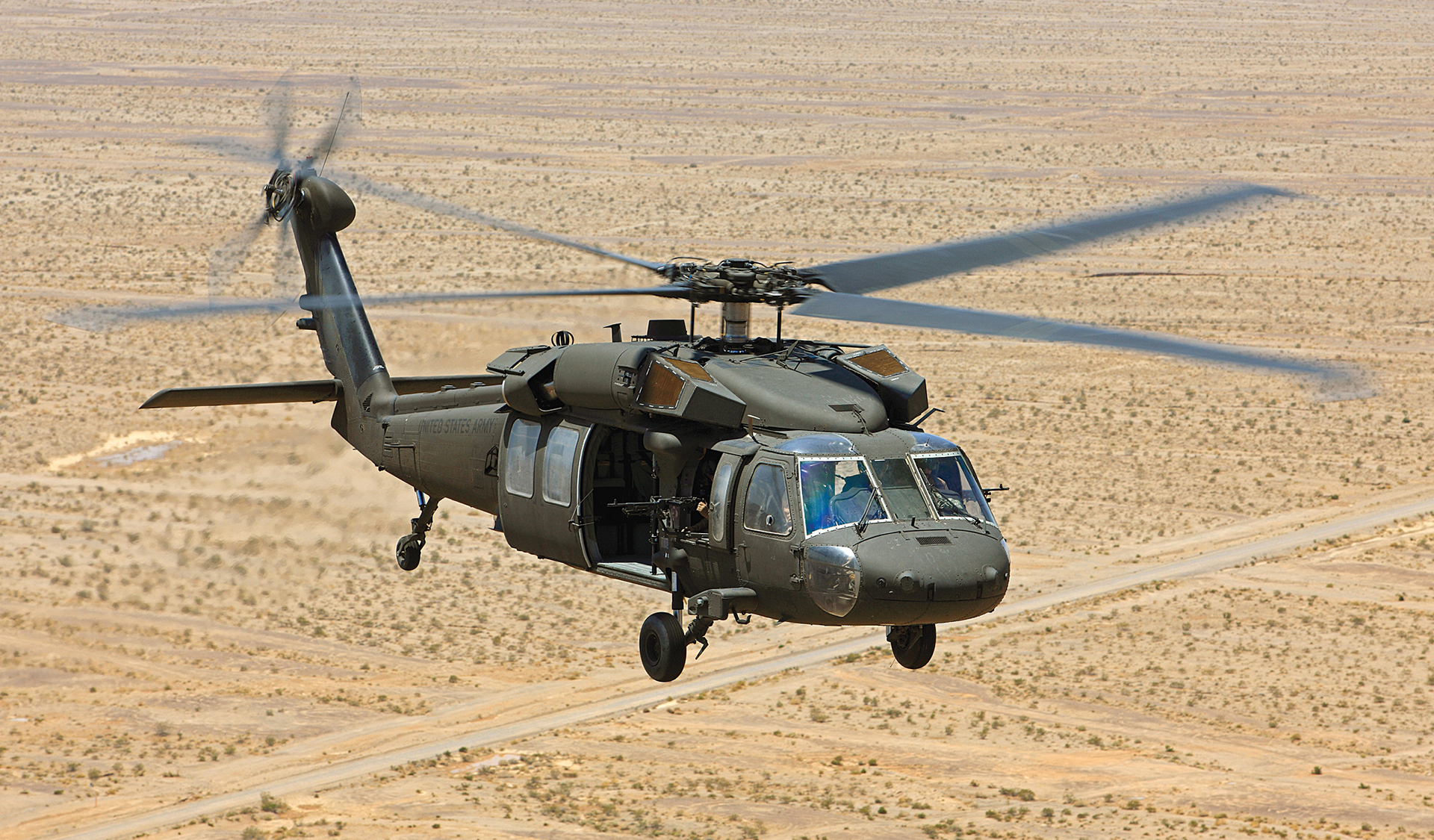Browsing Uh 60 Helicopter Regulations and Compliance Demands

Regulatory Framework Overview
The regulative structure regulating UH-60 helicopter operations includes a complicated set of standards and guidelines established by aviation authorities. These laws are developed to guarantee the secure and reliable operation of UH-60 helicopters in various environments. The Federal Aeronautics Administration (FAA) plays a main function in establishing and applying these regulations, which cover a vast array of functional aspects, including airworthiness criteria, pilot credentials, maintenance needs, and operational procedures.
Compliance with these guidelines is necessary for helicopter operators to keep the highest degree of safety and functional integrity. Failure to adhere to these laws can lead to serious effects, including crashes, injuries, and regulatory sanctions. Consequently, helicopter operators should stay informed regarding the newest governing developments and make certain that their procedures are in complete compliance with all suitable rules and requirements.
Airworthiness Examinations and regulations
Amidst the governing framework regulating UH-60 helicopter operations, an important focus pushes conformity with Airworthiness Directives and performing thorough inspections to maintain safety and security criteria and operational reliability. Airworthiness Instructions (ADs) are released by aviation authorities to resolve risky problems in aircraft, consisting of the UH-60 helicopter, and mandate details activities to be taken by drivers or proprietors. Conformity with ADs is necessary, and failing to comply with these regulations can cause serious effects, including grounding of the aircraft.
Normal evaluations are vital to ensuring the airworthiness of UH-60 helicopters. By sticking to a rigorous assessment routine, drivers can spot and resolve possible concerns quickly, consequently enhancing the safety and security and integrity of UH-60 helicopter procedures.
Pilot Certifications and Training

Pilot training for read what he said UH-60 helicopters is detailed and covers a wide variety of subjects, consisting of airplane systems, emergency treatments, navigating, and mission-specific training. Furthermore, pilots undergo simulator training to practice various emergency scenarios in a controlled setting. This training helps pilots establish the essential abilities to deal with difficult situations effectively.


Furthermore, recurring training and specialist advancement are crucial for UH-60 pilots to stay existing with the most recent policies, technology, and best practices. By investing in pilot credentials and training, operators can boost security, maximize efficiency, and make sure conformity with regulatory demands in the operation of UH-60 helicopters.
Operational Limitations and Demands
Pilot certifications and training offer as the structure for comprehending the functional constraints and needs linked with UH-60 helicopter procedures. In addition, compliance needs, such as pop over to this site adhering to certain flight paths, interaction protocols, and emergency situation treatments, are necessary for preserving operational security and regulatory compliance. Pilots have to remain current with all functional constraints and requirements via routine training, rundowns, and assesses to mitigate risks and ensure safe and reliable UH-60 helicopter operations.
Emergency Situation Treatments and Compliance Testing
Reliable emergency treatments and comprehensive conformity screening are critical parts of preserving operational safety and security and regulatory adherence in UH-60 helicopter operations. Emergency treatments include protocols for different situations, consisting of engine failures, fires, hydraulic problems, and more. Pilots and staff members need to be skilled in these learn the facts here now treatments to react swiftly and successfully in emergencies. Routine compliance screening ensures that the helicopter meets all governing requirements stated by aeronautics authorities. This screening entails complete evaluations, checks, and examinations to validate that the aircraft is airworthy and in compliance with all relevant regulations.
Furthermore, conformity screening might entail simulations of emergency situations to analyze the crew's action and the helicopter's efficiency under anxiety. By focusing on emergency situation procedures and compliance screening, UH-60 operators can minimize risks and demonstrate their dedication to safety and security and governing compliance.
Final Thought
Finally, adherence to governing framework, compliance with airworthiness regulations, pilot certifications and training, functional restrictions, and emergency situation procedures are crucial for navigating the regulations and requirements of running a UH-60 helicopter. uh 60. It is vital for operators to prioritize safety and security and guarantee complete compliance with all applicable guidelines to keep the airworthiness and operational stability of the airplane
Navigating the regulative landscape bordering UH-60 helicopter operations demands a nuanced understanding of the elaborate web of policies and compliance requirements.Conformity with these laws is necessary for helicopter operators to preserve the greatest levels of safety and security and operational stability.Amidst the regulative framework governing UH-60 helicopter procedures, an important focus lies on compliance with Airworthiness Directives and performing extensive assessments to promote safety and security standards and operational integrity.Effective emergency situation procedures and complete conformity screening are important components of keeping functional safety and regulative adherence in UH-60 helicopter procedures. Regular conformity screening makes certain that the helicopter meets all regulative needs set forth by aviation authorities.